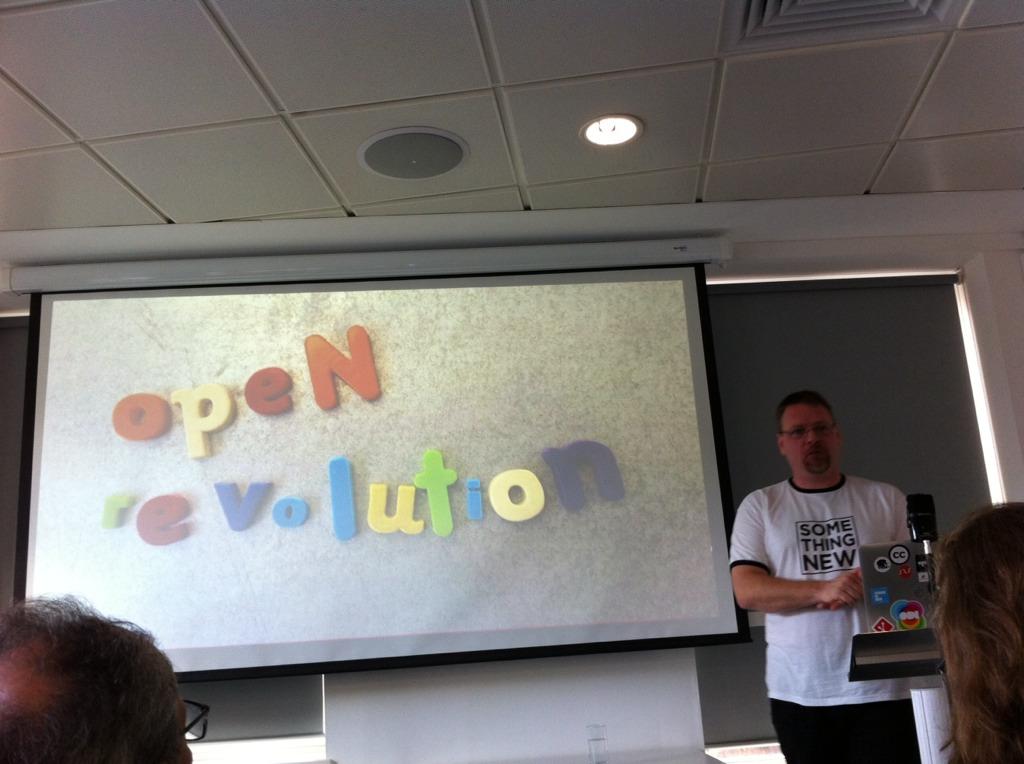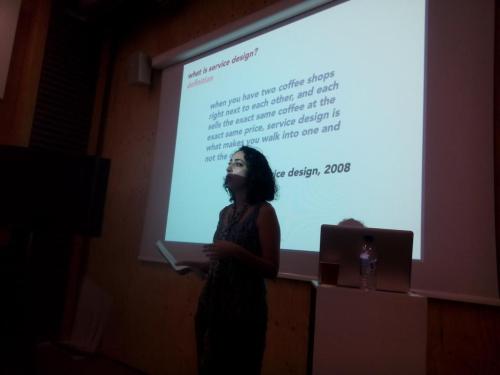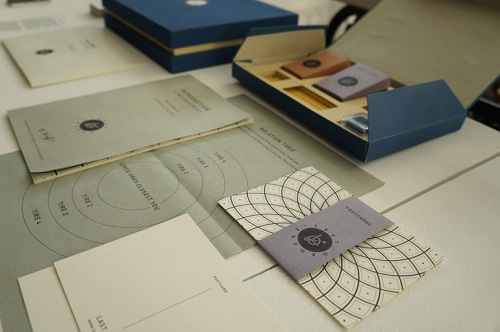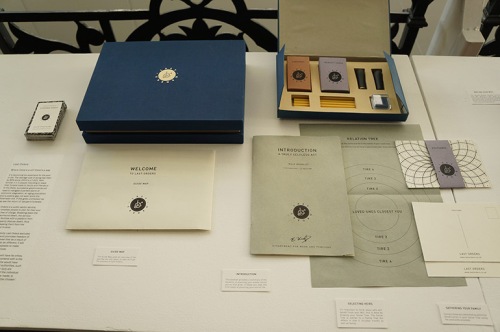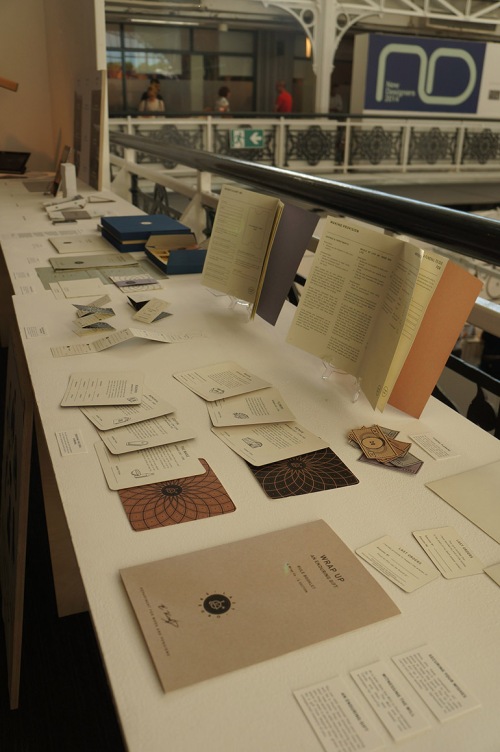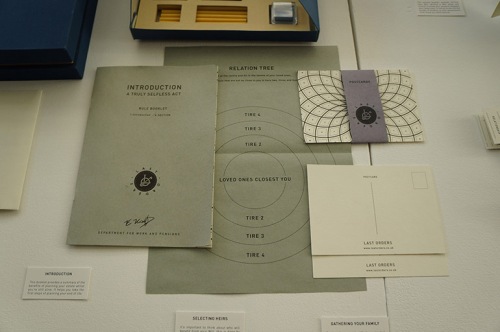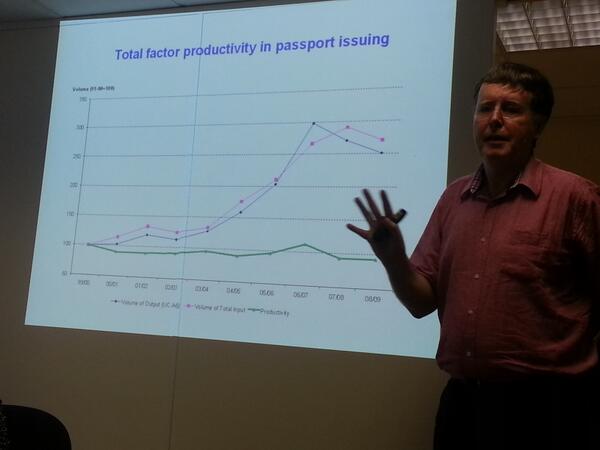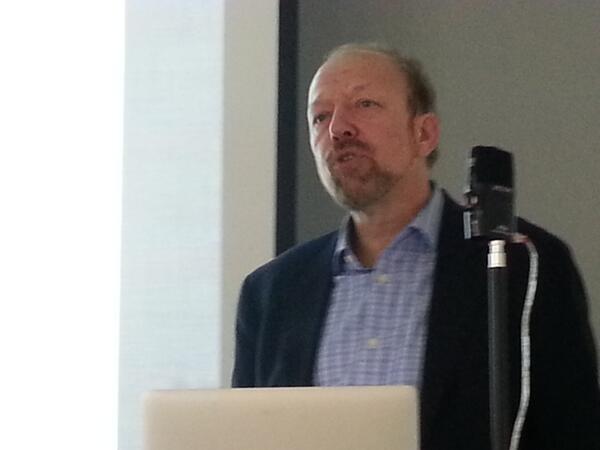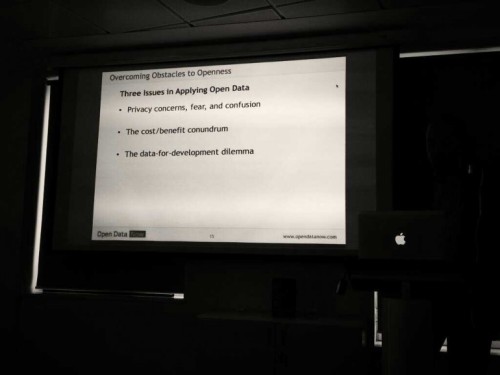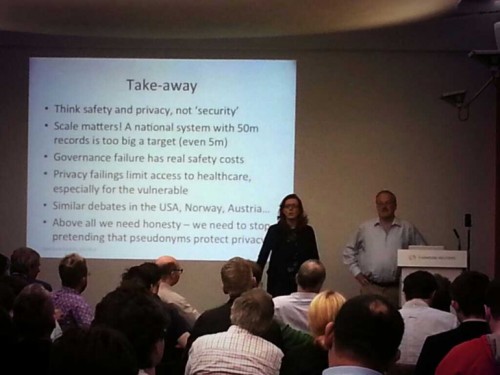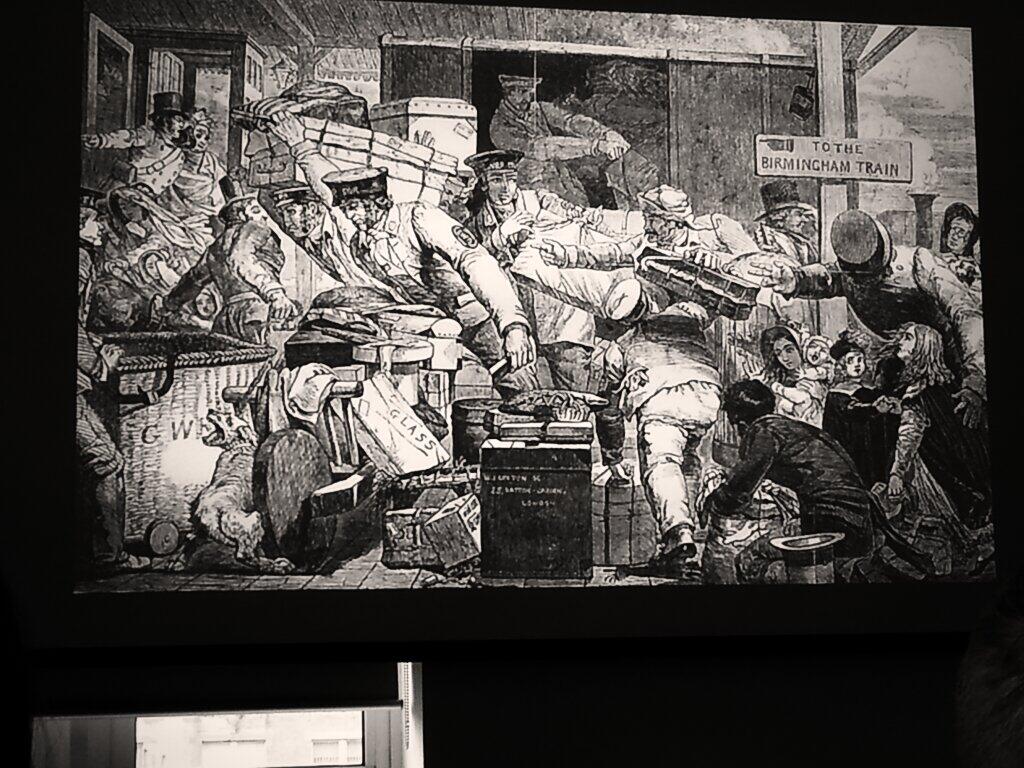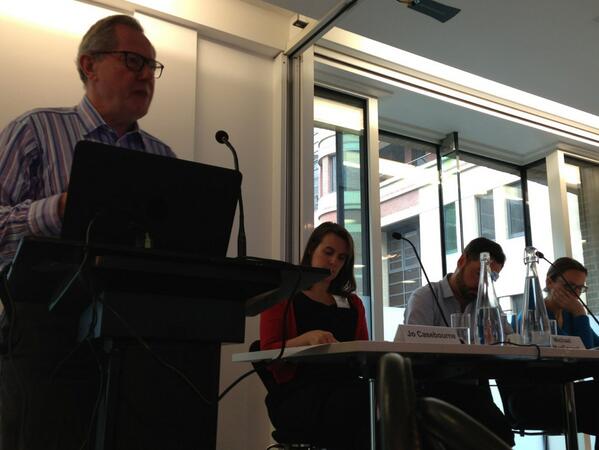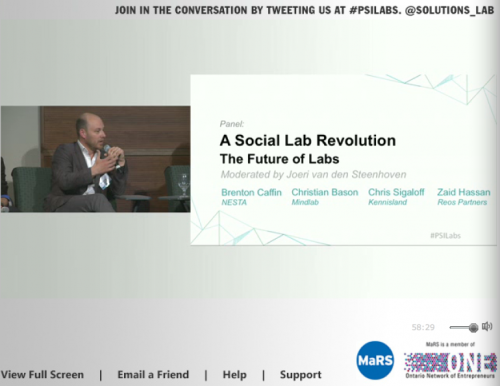
On Monday I watched part of the live stream of the Labs for Systems Change conference in Toronto. The labs they were talking about were labs like Shift Surrey where I worked – spaces in government where civil servants, designers, and citizens collaborate to find new systems for our changing world.
Here are some useful practices and attitudes to labs that the speakers shared at the conference – but first, here’s a bit more background on labs.
______________________________________________________
BACKGROUND
Labs and Co-design
‘Co-design’, as I understand it, is the term used to describe the process where designers facilitate workshops to give non-designers the space, tools and environment to come up with their own ideas and build on them together. The process has gained popularity recently because there is a shift from believing that designers are the experts, to believing that customers/users have great ideas to improve whatever system they are in, since they are the experts about their own experiences in the system. The emergence of co-design has helped put designers in government: they can facilitate these innovation labs and help bring together civil servants and the public in order to help develop policy.
What we don’t know
The conference yesterday had some great speakers and the overall feeling I got from it was that the work in this field is just beginning. We don’t yet know how to measure results, we don’t know what results to measure, and we don’t have any results to stand behind to prove the value of the approach, which makes it difficult to sustain labs and create new ones. We don’t know how to finance labs. We don’t know what best practice is. We don’t quite know how to handle the conflicts between designers and civil servants – two different breeds coming from two different worlds.
One person argued that negotiating this conflict itself was the design work – the collaboration is what’s new, and the collaboration will lead to results.
______________________________________________________
ATTITUDES
Be Ambitious but Humble
Since we are at an early stage in developing these innovation labs, the panel agreed that we need to be humble – we need to be honest that we are experimenting. Of course we are trying to create great results now, but since we are developing a new approach to systems change, we don’t quite know how to produce the best results yet.
At the same time, we need to aspire to something better than what we are doing now. We must be ambitious in reaching for greater change.
So the message is: aim high but be honest that we are at the beginning of the process.
Don’t Let Results Get In The Way Of Effort
Adam Kahane said that a rabbi he was working with kept telling him:
‘Do not imagine that what we are doing will have any impact at all… and we must do it.’
What he meant was that we must focus on the result we want to see to drive us forward, but we must also be aware that it might not happen at all, or we might not recognise it if it has.
Zaid Hassan gave the example of the work around global emissions. For 20 years, people have put so much hard work in the battle against emissions, with real genuine heart and soul, yet there is not much to show for it. The work is not good enough. The alternative is failing dramatically. But he is proud that we are trying to come up with a better way, with integrity, and rigorously following evidence.
This struck a chord with me. I was working on how to affect culture change in a council, pushing it towards being more collaborative and joined-up – no easy feat given the current culture. In principle, I know that even if I don’t see much change now with the work I am doing, my efforts will be making it easier for someone else in the future. Now that the council is continuing the work I started without me there, I know that it really does work that way. Perhaps they will now be able to make the changes that I couldn’t, since they will have a warmed-up audience.
Brenton Caffin said it was a case of having patience and impatience simultaneously – we have to make change happen, and impatience drives us forward and gives us grit; we also have to look at the longer game of culture shift and be prepared for slow progress in order to stick at it.
Rational Reasoning Doesn’t Work
The point was made that rationale is not what is going to make the changes happen. Whatever academic theory there is, the shifts won’t come from a good argument – not much funding will be put towards good theory. Money will instead follow results. So we need to show results in order to get more funding to make changes happen.
Given that so far innovation labs haven’t found many good ways of measuring their result yet, this is problematic. It was an issue I was thinking about at Shift. Culture change is not easily quantifiable, and I don’t personally have a background in measuring impact; I would love to know how other people are measuring culture change.
______________________________________________________
PRACTICES
How to Collaborate Effectively
According to the panel and the audience at the conference, to collaborate effectively across different groups of people requires head, heart and hands: good theory, appealing to emotions, and making something together. Trying ideas out together, as well as emotionally connecting and thinking together, engages people at all stages of the process. Doing this can ensure that all parties are motivated to make change and are all on the same page, reducing unconstructive conflict.
I was taking this approach at Shift naturally in order to engage people. I have never consciously studied how to engage people so I am glad that my gut instincts sit well with practitioners in the conference room! It’s very affirming to hear the things you instinctively know being expressed by other people.
Admit and Share Failure When It Happens
If we all share our stories about our work in innovation labs, including our failures, we can learn from each other. It’s a new field so we need each other to share practices that work in order to help each other be effective, faster. Currently this happens during conferences like this, and I am sure it happens on an individual basis throughout networks.
A barrier to this happening is that people don’t want to look bad. While designers are often happy to share failure – failure is often seen to be an essential part of the design process – civil servants instinctively don’t see it the same way. They might not want to work with us if we are so open about failed experiments. This is a deep cultural problem.
______________________________________________________
Overall, this conference made me feel reassured that I was employing useful attitudes and practices while I was at Shift. Get in touch if you’d like to hear what worked and didn’t work for the culture change work at Shift, and also if you disagreed with any of the ideas here, or have stories to share yourself.
